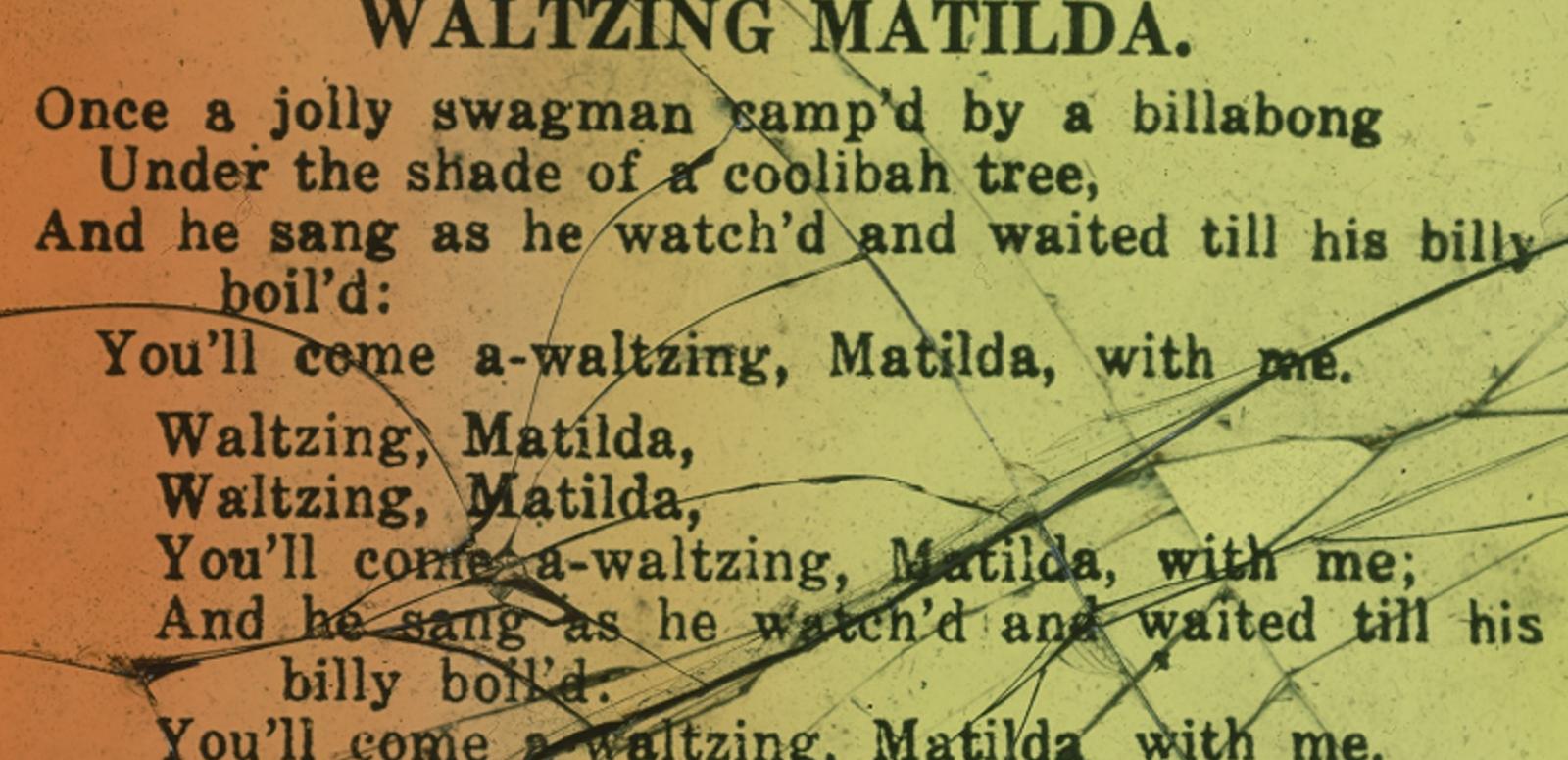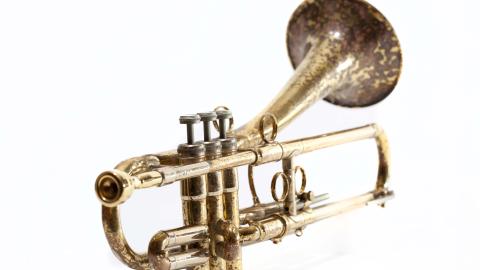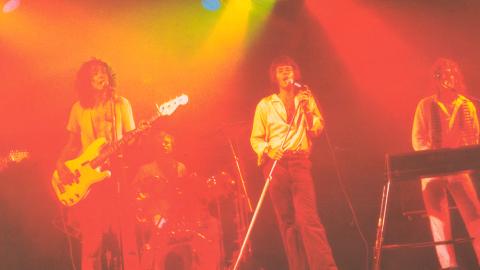

Waltzing Matilda
Waltzing Matilda
The entire history of Australian recorded music can be traced through versions of Waltzing Matilda.
Just about every craze, fad and fashion in popular music has generated a recording of the song. There are versions in the popular styles of the 1930s and 40s, jazz improvisations and classical and choral arrangements of the song. Others are in the style of Broadway musicals, 80s power ballads, rock'n'roll or influenced by dance crazes such as the Twist. There have also been some strange and wonderful versions of the song from around the world.
‘Waltzing Matilda’, a poem by Banjo Paterson, was first recorded 30 years after it was written in 1895. The melody of the song is attributed to Christina Macpherson, whose family owned the property Dagworth Station near Winton in Queensland, where Paterson was staying when he composed the poem.
You can hear a sample of swing, folk, blues, big band, dance and orchestral versions below.
Waltzing Matilda glass slide, 1914. NFSA title: 775342
The National Film and Sound Archive of Australia acknowledges Australia’s Aboriginal and Torres Strait Islander peoples as the Traditional Custodians of the land on which we work and live and gives respect to their Elders both past and present.


